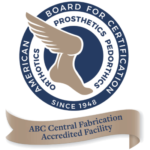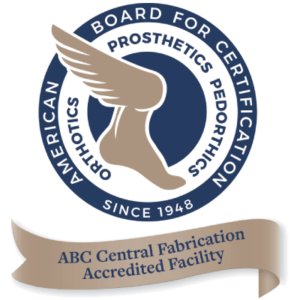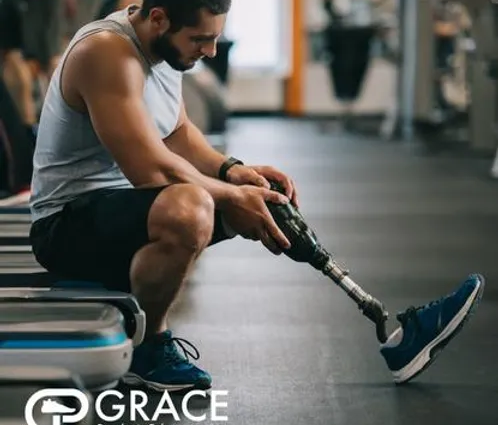How popular are “advanced” prosthetics becoming?
Many doctors and their patients often ask, “How advanced are prosthetics?” They’re extremely interested in existing technologies that are already in use and emerging technologies that are on the horizon. This is often because new technologies make living with an artificial limb much easier.
People are also curious about what the market for advanced prosthetics looks like. We think both subjects are interesting, so what we’re going to do is cover some basic facts about the general prosthetic market and the advanced prosthetic market. Then, we will give you some ideas on what types of technologies you can expect now and in the future.
The Market for Prosthetic Devices
For the past several decades, the prosthetic market has grown by leaps and bounds. That’s not because a greater percentage of people are succumbing to health issues and accidents that cause the loss of a limb, but because prosthetics are more accessible. According to verified market research, the global prosthetics market is expected to be worth more than $13 billion by 2021.The question is, how much of this was for advanced prosthetics?
The Market for Advanced Prosthetics
The market size for advanced prosthetics can be a bit difficult to pinpoint because there isn’t a precise consensus over what is considered advanced. As a general rule, however, this refers to any type of prosthetic that uses new or emerging technologies such as artificial intelligence, bionics, sensors, etc. According to a report by Emergen Research, advanced prosthetics and exoskeletons have captured just over 10% of the market size.
How Advanced Are Prosthetics?
There’s a wide range of advanced prosthetics that are either in use right now, being tested in limited quantities, or slated for the future. Many of these technological advancements involve sockets and rela
ted items. Their goal is to make the life of an amputee easier than ever.
Here are just a few of the most exciting:
3D-Printed Socket Prototypes
If there’s one technological advancement that has taken many industries by storm, it’s the use of 3D printing and scanning. With this technology, virtual fittings can be done for patients to provide a quicker, more convenient process. Socket prototypes and other prosthetic devices can also be 3D printed in much less time, allowing patients to avoid having to wait too long.
Semi-Flexible Sockets
Ever since the very first prosthetic device, flexibility has been a key issue. To provide flexibility with today’s prosthetics, sockets have been used in conjunction with materials such as gel liners and socks to provide a more comfortable fit. One emerging and very promising technology for sockets is the use of silicone or polyurethane resins to improve flexibility in a big way.
Same-Day Sockets
Whether a patient is waiting for his or her first artificial limb or if they require a replacement or upgrade, the wait can be excruciating. The process has already shortened quite a bit in recent years, but advanced technologies are making it possible to deliver sockets within a few hours or at least the same day. This will provide a much more pleasant experience throughout the fitting process.
To Learn More About Advanced Prosthetics, Contact Grace Prosthetic Fabrication.
Grace Prosthetic Fabrication is always on the cutting edge of prosthetic technology that helps patients live a better life. If you have any questions about how advanced prosthetics are in today’s market or would like to order any of our equipment for your patients, give us a call at (800) 940-5347 today.






